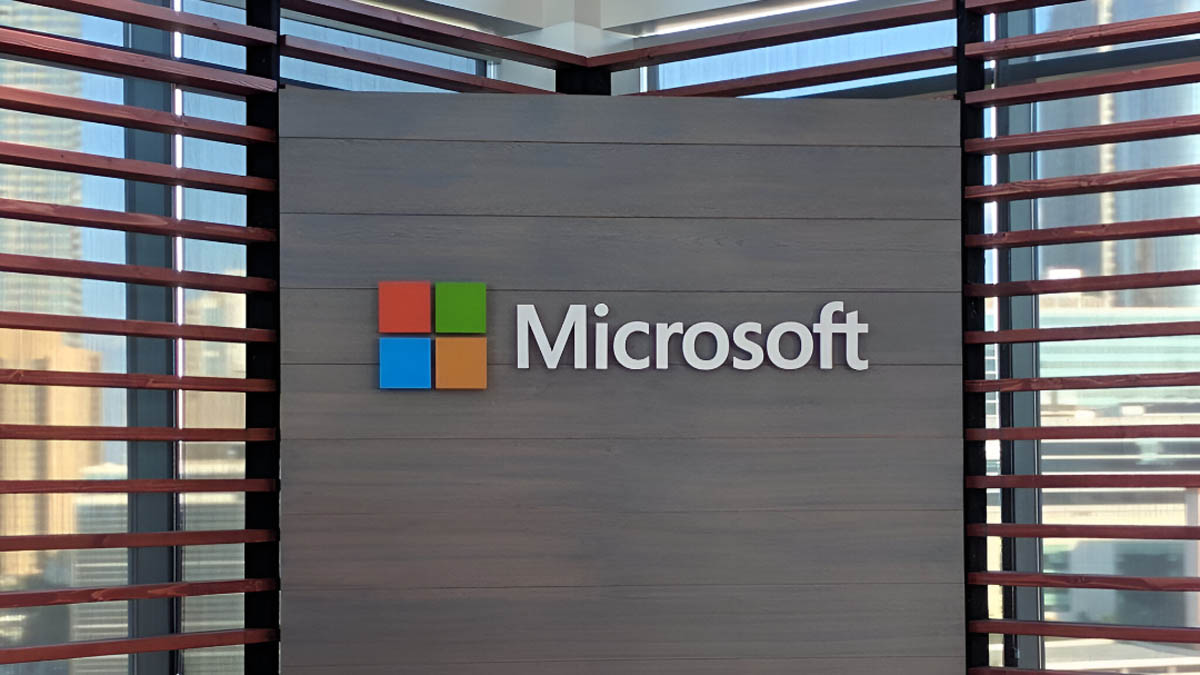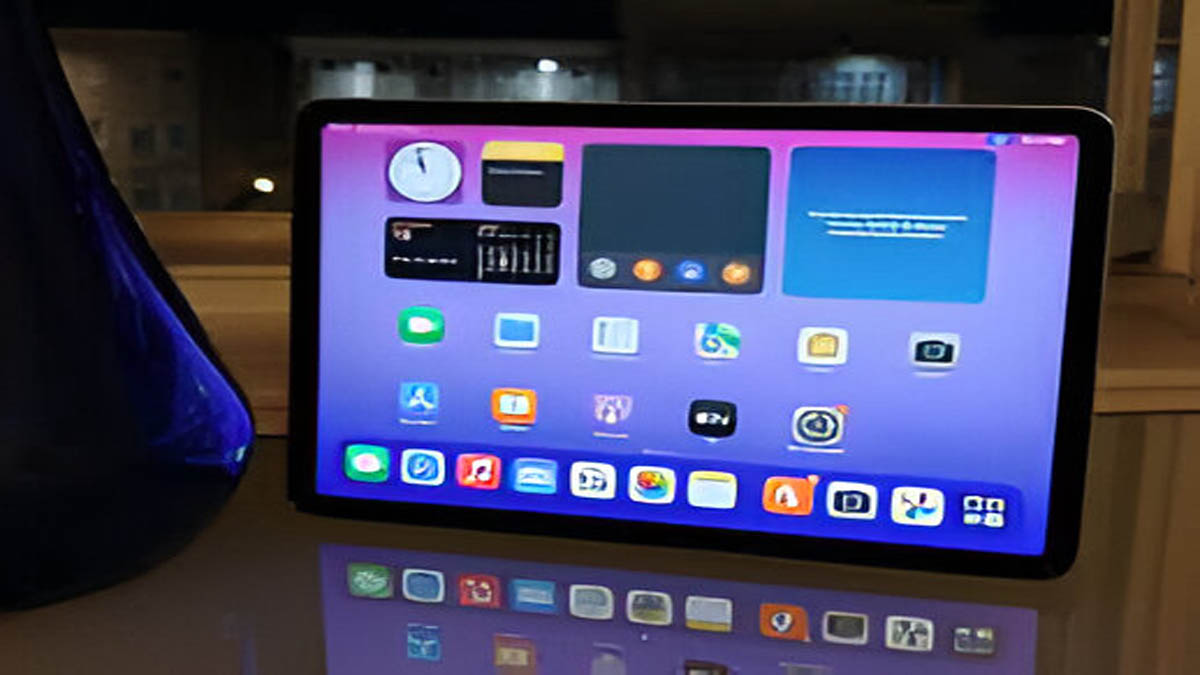Now Reading: Microsoft Open-Sources Windows Subsystem for Linux, Ushering in a New Era of Collaborative Development
-
01
Microsoft Open-Sources Windows Subsystem for Linux, Ushering in a New Era of Collaborative Development
Microsoft Open-Sources Windows Subsystem for Linux, Ushering in a New Era of Collaborative Development

In a landmark move for the open-source community, Microsoft has officially announced the open-sourcing of the Windows Subsystem for Linux (WSL). This significant development, unveiled at the ongoing Build 2025 conference, marks the culmination of a multi-year effort and fulfills a long-standing request from the developer community. The core components of WSL are now available on GitHub, inviting developers globally to inspect, contribute to, and shape the future of this popular technology.
WSL has revolutionized the way developers interact with Linux environments on Windows, providing a seamless and integrated experience that bypasses the overhead of traditional virtual machines or dual-boot setups. Since its initial introduction in 2016 with WSL 1, which utilized a compatibility layer to run Linux executables on the Windows kernel, the technology has evolved dramatically. The introduction of WSL 2 in 2019, which incorporates a lightweight virtual machine running a genuine Linux kernel, significantly boosted performance, compatibility, and the ability to run graphical Linux applications directly on the Windows desktop.
This open-sourcing initiative extends to key components of WSL, including the command-line executables like wsl.exe and wslg.exe, the WSL service responsible for managing the virtual machine and launching distributions, and the Linux-side daemon processes. While some components related to WSL 1’s legacy driver (lxcore.sys) and the filesystem redirection (P9rdr.sys and p9np.dll) remain proprietary as they are deeply integrated with Windows, the vast majority of the modern WSL experience is now transparent and open for public scrutiny and collaboration.
The Benefits of Open Source for WSL
Microsoft’s decision to open-source WSL is poised to bring a multitude of benefits, primarily fostering a more robust and responsive development ecosystem:
- Accelerated Development: By opening the codebase, Microsoft is empowering the vast global community of open-source developers to directly contribute fixes, enhancements, and new features. This collaborative model is expected to significantly accelerate the pace of WSL’s evolution, addressing bugs and implementing requested functionalities faster than ever before.
- Enhanced Transparency and Security: With the source code publicly available, developers and security researchers can thoroughly examine the inner workings of WSL, identify potential vulnerabilities, and propose improvements. This transparency builds trust and contributes to a more secure and reliable platform.
- Greater Customization and Flexibility: Developers can now build WSL from source, tailor it to their specific needs, and even create custom distributions or integrate new functionalities. This level of control was previously unavailable, opening up new avenues for specialized development environments.
- Community-Driven Innovation: Microsoft has long acknowledged the invaluable contributions of the WSL community, even without direct access to the source code. Now, with the ability to make direct code contributions, the community’s innovative spirit can flourish, leading to unforeseen advancements and use cases for WSL.
- Educational Opportunities: For students and aspiring developers, the open-sourced WSL provides an unparalleled opportunity to learn about the intricate interactions between Windows and Linux, contributing to real-world software development.
Microsoft’s Evolving Open-Source Strategy
The open-sourcing of WSL is a clear testament to Microsoft’s continued commitment to the open-source movement. Over the past decade, the company has increasingly embraced open standards and technologies, recognizing the power of community collaboration in driving innovation. From contributing to the Linux kernel itself (for WSL 2) to open-sourcing tools like VS Code and even announcing a new CLI text editor “Edit” alongside WSL’s open-sourcing, Microsoft’s strategy has shifted dramatically from its past. This move further solidifies Microsoft’s position as a significant contributor to and advocate for the open-source world.
The availability of WSL’s source code on GitHub (at Microsoft/WSL) marks a new chapter for this indispensable tool. Developers are encouraged to explore the repository, engage with the project, and become active participants in shaping the future of Linux on Windows. This truly represents a moment where the lines between operating systems continue to blur, fostering a more integrated and powerful development landscape for all.










